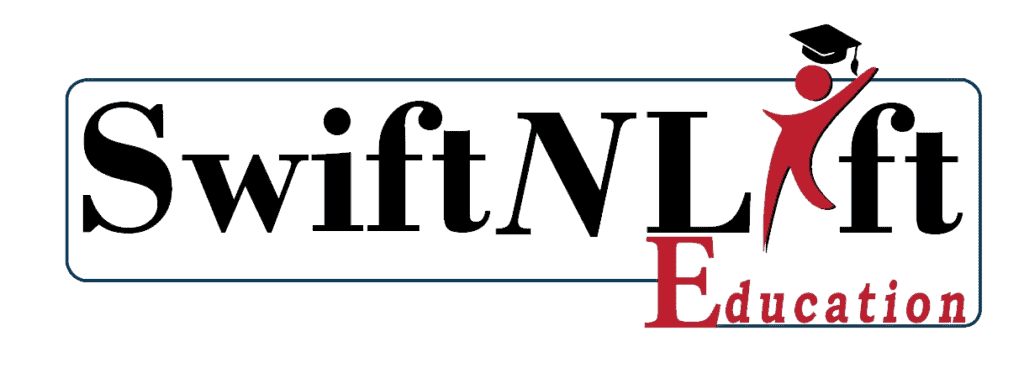“Navigating the Nuances: Bias in Liberal Arts Education and the Quest for Critical Thinking”
Liberal arts education, a time-tested approach that aims to provide students with a well-rounded and comprehensive learning experience, has come under scrutiny in recent times. Critics argue that liberal arts education is biased towards certain ideological or philosophical perspectives, potentially limiting the diversity of thought and intellectual growth that it purports to offer. In this article, we delve into the perceived bias in liberal arts education, explore its origins, and examine whether this bias is a genuine concern or a misunderstanding.
Understanding Liberal Arts Education
Before we delve into the perceived bias, it’s essential to understand what liberal arts education entails. At its core, liberal arts education is designed to provide students with a broad-based curriculum, encompassing subjects like the humanities, natural sciences, social sciences, and the arts. The goal is to develop critical thinking, communication, problem-solving, and cultural understanding.
Historically, liberal arts education has emphasized the development of well-rounded individuals capable of contributing to society, fostering intellectual growth, and promoting open-mindedness. This emphasis on holistic education has been integral to the liberal arts tradition.
The Origins of Bias Perception
Perceived bias in liberal arts education is a recent development, and it stems from several factors:
- Political Polarization: In recent years, political polarization has seeped into many aspects of society, including education. The liberal arts have often been seen as a breeding ground for progressive ideologies, which has fueled concerns of bias.
- Cultural Shifts: As cultural norms and values evolve, institutions of higher education have adapted. This adaptation sometimes involves a shift in the content and emphasis of liberal arts programs to reflect contemporary societal concerns.
- Media Influence: Media outlets, social media, and online discussions have amplified debates surrounding perceived bias in higher education, often amplifying instances where particular viewpoints are emphasized while others are marginalized.
- Student Activism: Student activism on college campuses has drawn attention to issues related to diversity, equity, and inclusion. While these issues are important, they have sometimes led to concerns of an ideological bias within liberal arts education.
- Faculty Composition: The composition of faculty members in liberal arts programs can influence the perceived bias. If a department is predominantly staffed by individuals with similar ideological leanings, it may reinforce the perception of a one-sided education.
Exploring the Perceived Bias
The perceived bias in liberal arts education can be categorized into a few key areas:
- Political Bias: One of the most prominent criticisms is that liberal arts education often leans left, with conservative viewpoints marginalized or underrepresented. This can lead to students feeling that their perspectives are not adequately valued or explored.
- Cultural Bias: Critics argue that liberal arts programs can prioritize certain cultural perspectives, marginalizing others. The study of Western canon and the emphasis on particular literary or artistic movements may be seen as reinforcing a Eurocentric bias.
- Identity Politics: Some contend that liberal arts programs place excessive emphasis on identity politics and critical theory, potentially overshadowing alternative approaches to social issues.
- Social Justice Movements: While issues related to social justice are essential, they can sometimes be perceived as dominating the curriculum, potentially limiting exposure to other critical topics or viewpoints.
Are These Perceptions Valid?
To assess the validity of these perceived biases, it’s crucial to understand that liberal arts education is diverse and constantly evolving. While instances of bias certainly exist, they do not necessarily define the entirety of liberal arts education.
- Diversity of Programs: Liberal arts education is not monolithic. Different institutions, departments, and faculty members approach their curricula with varying perspectives. Some liberal arts programs actively strive for ideological diversity and encourage intellectual exploration.
- Critical Thinking: At its core, liberal arts education is designed to foster critical thinking. It encourages students to engage with various perspectives and develop their analytical skills. Many educators actively promote intellectual diversity within the classroom.
- Historical Perspective: It’s worth noting that liberal arts education has evolved throughout history. What is currently perceived as bias might be the contemporary adaptation of liberal arts education to address relevant societal issues.
- Student Agency: Students have agency in their education and can choose courses and programs that align with their interests and values. If they feel their education is biased, they can seek out courses and experiences that offer alternative viewpoints.
The Role of Critical Thinking
A central tenet of liberal arts education is the cultivation of critical thinking skills. The ability to critically evaluate information and form well-reasoned conclusions is a hallmark of a liberal arts education. While concerns of bias are valid, the development of critical thinking skills equips students to engage with and challenge the material presented to them.
By encouraging students to question, analyze, and evaluate information from various sources, liberal arts education equips them to navigate and make sense of the complex, often contradictory, world of ideas. Rather than promoting a specific ideology, liberal arts education should empower students to think critically about all ideologies.
Addressing the Bias Concern
To address the perceived bias in liberal arts education, several steps can be taken:
- Faculty Diversity: Encourage diversity in faculty members to ensure a broader range of perspectives and ideas are represented within the curriculum.
- Curricular Transparency: Promote transparency in curriculum development and encourage open dialogues about the values and philosophies that shape the educational experience.
- Intellectual Diversity: Emphasize the importance of intellectual diversity by fostering an environment where all students’ viewpoints are respected and given equal opportunity to be heard.
- Expanding Elective Options: Provide students with a variety of elective courses that represent a broad spectrum of perspectives and ideologies.
- Strengthening Critical Thinking: Reinforce the development of critical thinking skills, encouraging students to question, analyze, and challenge the material they encounter.
- Encourage Civil Discourse: Foster an environment of respectful and constructive dialogue where students can engage in open discussions about various viewpoints.
While concerns about perceived bias in liberal arts education are real, it’s important to recognize that liberal arts programs are not monolithic. They are diverse, ever-evolving, and can provide a platform for critical thinking and intellectual growth. To ensure a well-rounded and balanced education, it is crucial for institutions and students to actively engage with these concerns, foster intellectual diversity, and emphasize the development of critical thinking skills. In this way, liberal arts education can continue to fulfill its mission of cultivating well-rounded individuals capable of contributing to society.



